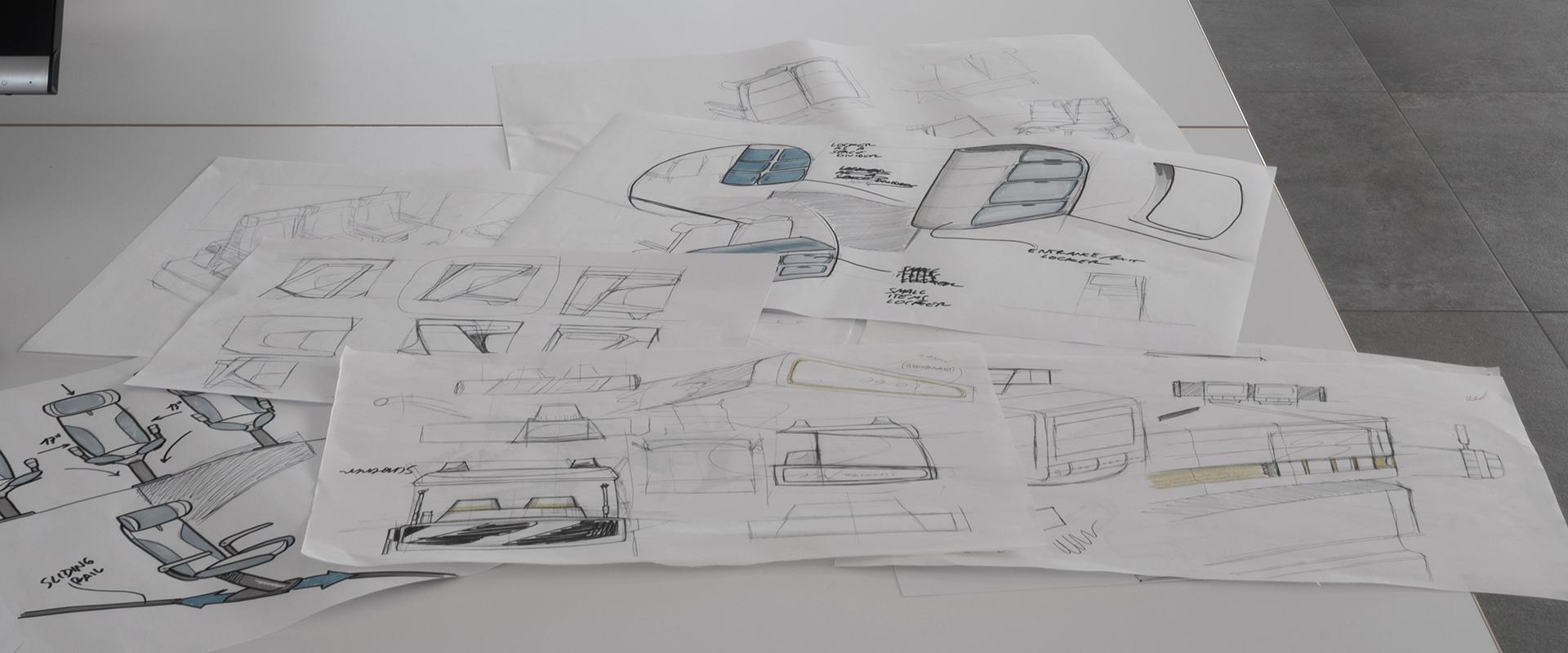How Studio Volpi’s long-established collaboration with Intellectual Property protection agency PGA-IP, is ensuring clients’ peace of mind.
When it comes to determining the rights to intellectual property in any field, boundaries are often blurred, and there are many grey areas. Solutions are not always clear and straightforward. Nevertheless, working with brands, designs and technologies, Studio Volpi considers that offering protection and counsel to its clients in terms of intellectual property, is an important part of its mission. Its 10-year long collaboration with PGA-IP, an agency specialising in the protection Intellectual Property, has brought peace-of-mind to many a client.
Following is an interview with Marco Ponzellini from PGA-IP, who tells us more about the matter.

How does one protect design and technology?
Let’s start with product design. There are two aspects that have to be considered.
What needs to be protected here is both the technical and the aesthetic functionality of a specific design. The distinction between the two is somewhat blurred as there are many points of contact. Typically, Studio Volpi is required to develop new products or systems that are both technologically advanced and visually appealing. Often the project includes naming and a communication package. For what concerns the threat represented by identical-looking copies, strong protection can be set up quite easily and at relatively low cost. For copies only just looking like, or vaguely resembling one’s original design, it all depends on the degree of possible “confusion” between the two, which is a subjective matter and therefore, sometimes tricky. However, case law has introduced criteria and limits to assist judges in assessing potential infringement more objectively.
For what concerns new technologies, according to current legislation, the rights on any new invention belong to the inventor or the organisation where the inventor works.
Studio Volpi constantly develops new technologies on behalf of clients, so in theory the property of such “inventions” stays with the Studio. But once this concept is clearly understood by all parties, what normally happens is that we assist Studio Volpi in transferring these IP rights to the corresponding clients, who in turn will be free to protect them as they see fit. This approach adds value to the Studio’s offer, as it adds the possibility to protect new projects from a legal standpoint.
On the other hand, preliminary IP studies conducted by PGA-IP on behalf of the Studio within specific projects, can help identify existing designs or patents by other organisations.
This is important as it helps avoiding legal complications in the future.
It’s always good to know what solutions and designs are out there, as it can also help to point the research in some direction that had not been previously thought of.
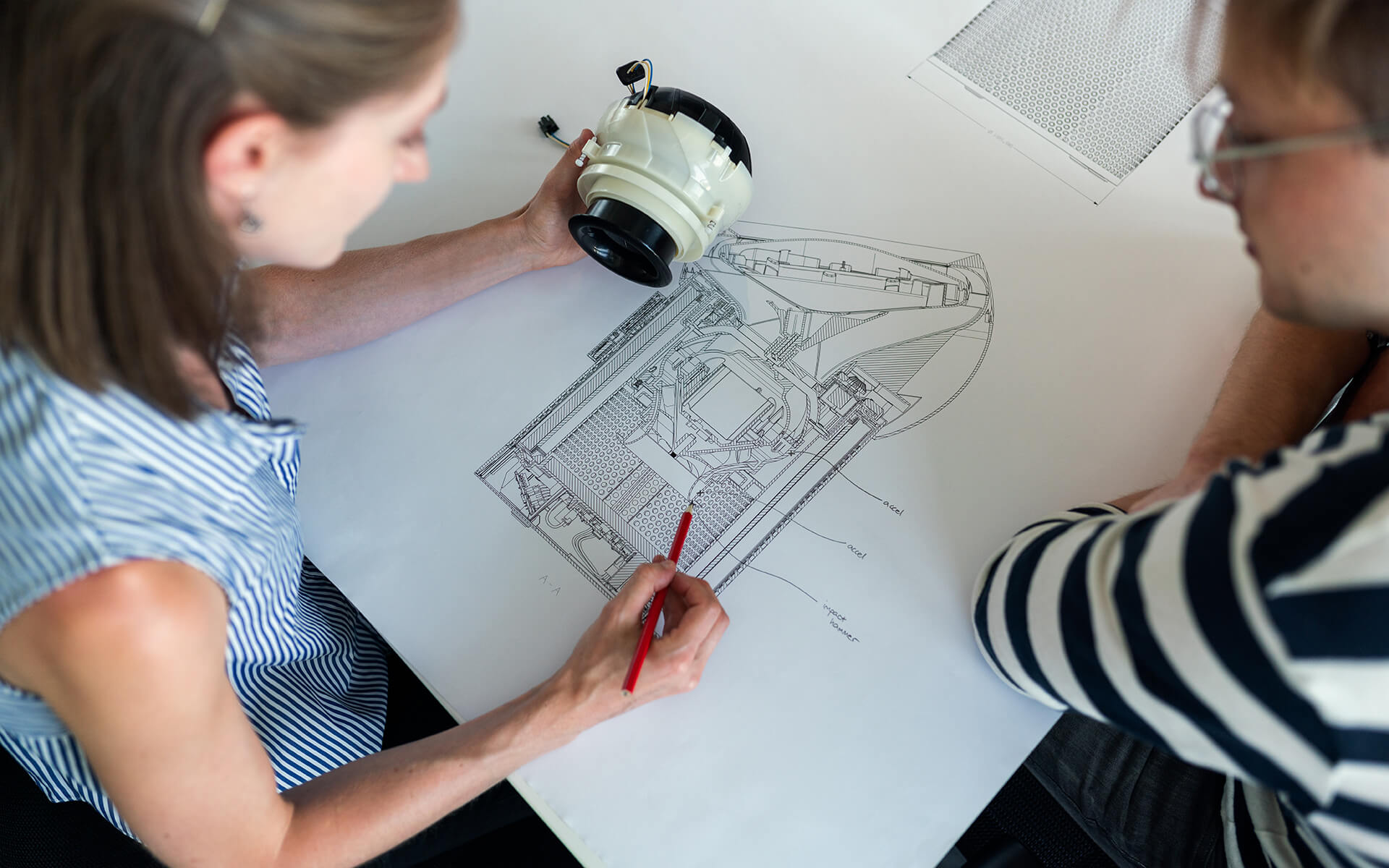
Why are brand names so difficult to find and protect?
As you can imagine, the matter goes well beyond simple creativity. Brands often sublimate, in a single word, their entire business proposition. The most attractive, coolest-sounding names are very often already registered by some company, and in the worst case, some competitor.
Naming is an important service offered by Studio Volpi, and as an agency we actively collaborate with the Studio in making sure that the brand names emerging from the creative process are “available” and can be lawfully used by the clients. While identical marks may coexist as long as there is no confusion or dilution, like associating your brand to another product in a lessening or damaging manner, protecting your mark from exact copies is relatively easy. It becomes more complicated with
like-sounding names, and legal cases sometimes don’t go in the hoped-for direction.
Typically, Studio Volpi’s copywriters would conduct a first check on the internet and on public trademark databases before restricting the range of possible proposals to the client to 5-10 potential trade names. PGA-IP then performs a further, complete and in-depth check before a final selection of names is presented to the client. This also has the added value of “throwing in” 3 or 4 extra names that are totally safe for other products or trademarks.
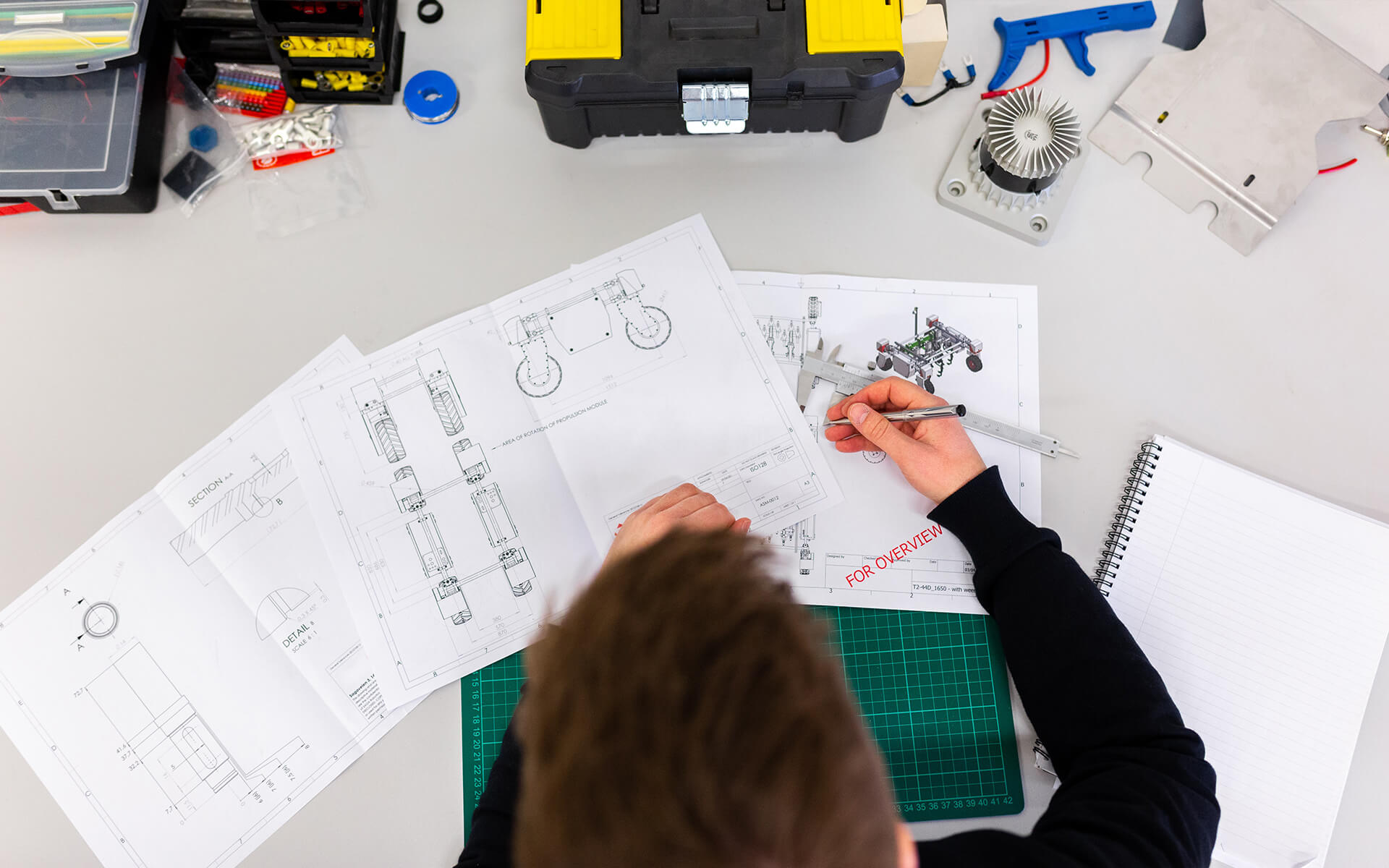
What’s the situation with internet domains?
Everyone who has ever tried building a website has experienced the frustration of finding out that
all the cool names for the new exciting venture had already been registered.
Unfortunately, the rule here is “first come, first served”, and if the mischievous use of one’s trademark as a web domain is against the law, there is no law against registering it and not using it, with the sole intent to sell it to the highest bidder.
Do IP laws also apply in the Metaverse?
At the moment there seems to be a legislative void for what concerns the Metaverse, as it is not entirely clear which country’s legislation should apply, and what courts to take controversies to.
The fact is that companies are starting to seamlessly operate across the real world and the Metaverse, and it will be interesting to see how the first controversies are settled in the coming future.
These will most probably constitute the jurisprudence for future cases, and as such are very important.
-
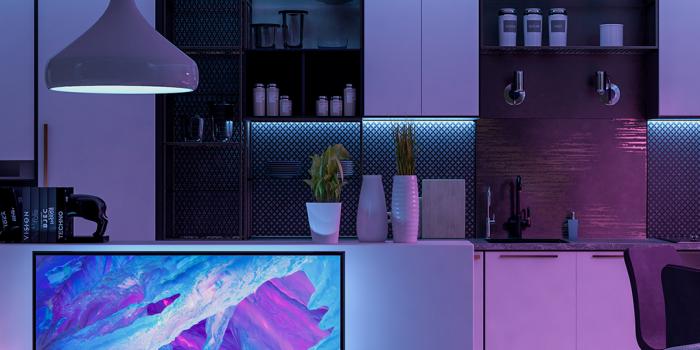
-

-
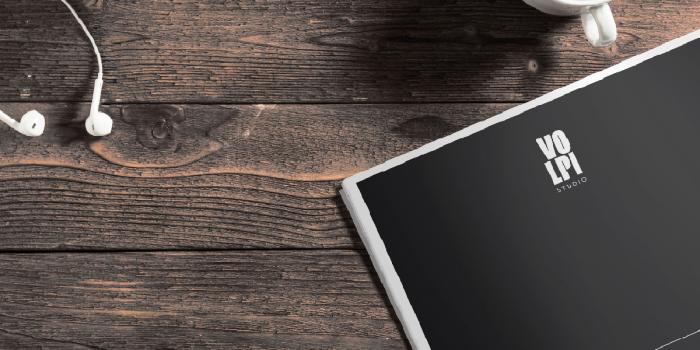
Prospettive Mar 30, 2020
KITCHEN 4.0: HOW DIGITALIZATION IS CHANGING THE RULES
Technological updating and the integration of an interconnected soul are turning modern professional kitchens into a perfect example of the 4.0 industry, where the product and its super digital powers become a tool to improve working conditions, enhance productivity, monitor the processes to achieve better results and create new business models


